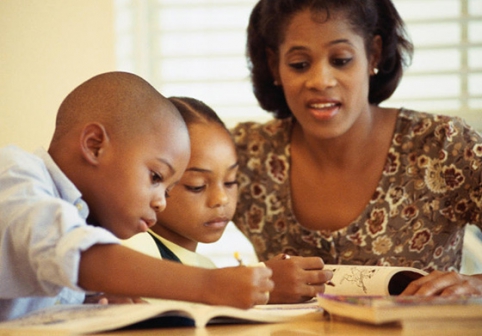
Calls for a total overhaul of the education system have been strident in recent years, but after a decade, perhaps more, of wavering, tinkering and dithering, we finally stand on the cusps of reform.
Ironically, the process of education reform is one that everyone has an opinion about, yet very few quite understand it. Indeed, I have listened to passionate arguments among technocrats about the direction that the reform should take. This is understandable. The most difficult aspect in reforming education is building consensus about what needs to happen, the subjects to be taught and the type of pedagogy.
But first, do we need change? I ask this because changing a system is an expensive and tiring process. Kenya has a strong curriculum, better than most countries in the region, with relatively functional structures. Yet, education has to constantly evolve and grow to meet the needs of our ever-changing society. In recent years, the pace of change has become very rapid and in certain areas, our education system has struggled to implement the changes needed to keep pace.
The 21st century policy protocols lean more towards outcomes of the system rather than the inputs. For many years, we have described education in terms of how much money has been put aside, and indeed Kenya spends about seven per cent of its GDP on education, making ours one of the most heavily-funded education systems globally.
Free primary education introduced in 2003 was a good step in getting children to school. The question citizens and experts alike have been grappling with is, what is happening in schools? The Education For All (EFA) declaration wants children to access 12 years of basic education. In Kenya, primary education has been considered basic education.
But 12 years means that secondary education then becomes part of basic education. Many kids who churned by the system at the end of Class 8 would be disenfranchised, since the Constitution of Kenya has made basic education the right of every child.
In 2008, the Kenya Institute of Curriculum Development (KICD) undertook a summative evaluation of the curriculum. In a survey that mapped out the entire country, the verdict was that the curriculum as it is, is not responsive to the changing needs of society. Furthermore, it established that Kenyan education as it is cannot meet the dictates of the country’s Vision 2030, which aims to drive innovation around Science, Technology, Engineering and Mathematics. Uwezo Kenya has undertaken assessments that show that children are not attaining the necessary competencies at class level. The narrative has been the same year in, year out.
The high stakes examinations that are KCPE and KCSE are so inefficient that all they do is ask learners to regurgitate what they have been taught. And some - learners, teachers and parents - will do anything to get the coveted ‘A’ grade. I don’t need to mention the current issues at the Kenya National Examinations Council (KNEC) as evidence.
Further, the examinations have been used as a sieve to decide who goes to good schools and who goes to ordinary schools. In a competitive environment, many don’t get to proceed with education, and yet we continue to invest in education.
Kenyans want accountability from the system. The global focus on education is about outcomes not inputs.
The needs assessment survey undertaken by KICD collected opinions that show the country wants a clear and measurable education system in which all youth obtain basic skills. This goal, which directly promotes inclusive development, incorporates enrolment of youth in secondary school, an achievement that provides a basis for economic and social participation through a competency based curriculum. So, rather than assessment that seeks a regurgitation of facts, it will seek to evaluate what learners know with the knowledge they receive.
Essentially, the reform must re-look at learning theories such as ‘to understand is to invent’ by Montessori, Dewey, and Piaget and diverse learning styles and intelligences by Howard Gardner. The system is also operating in an environment of exponential growth of information, where learning is a contest between memorising facts and learning how to find, use, and apply knowledge.
What then needs to be done? In my view, reform revolves around three anchors. First, we should introduce uniformly high academic standards for all students, while allowing for different pathways in which students can show mastery. Rigour today is less about content coverage and much more about mastery of core competencies: literacy, numeracy, analysis, communication, problem-solving and collaboration.
Secondly, the traditional ‘you must go to university to succeed’ academic curriculum doesn’t make sense to many students. The curriculum has to be both challenging and connected to ‘real-world’ applications such as service and internships to make it relevant.
Third, and most critical for the teacher, is the increasingly important component of emotional intelligence. This is about building relationships. A teacher can’t motivate a student he or she doesn’t know. There is no learning without trust, empathy and respect, and neither are they granted automatically by today’s students. They must be earned.
The writer is a PhD candidate, Department of Educational Management and Policy Studies, Moi University.
 The Standard Group Plc is a multi-media organization with investments in media
platforms spanning newspaper print
operations, television, radio broadcasting, digital and online services. The
Standard Group is recognized as a
leading multi-media house in Kenya with a key influence in matters of national and
international interest.
The Standard Group Plc is a multi-media organization with investments in media
platforms spanning newspaper print
operations, television, radio broadcasting, digital and online services. The
Standard Group is recognized as a
leading multi-media house in Kenya with a key influence in matters of national and
international interest.
